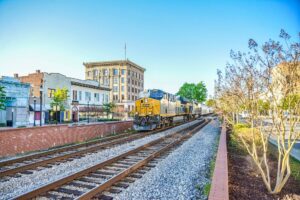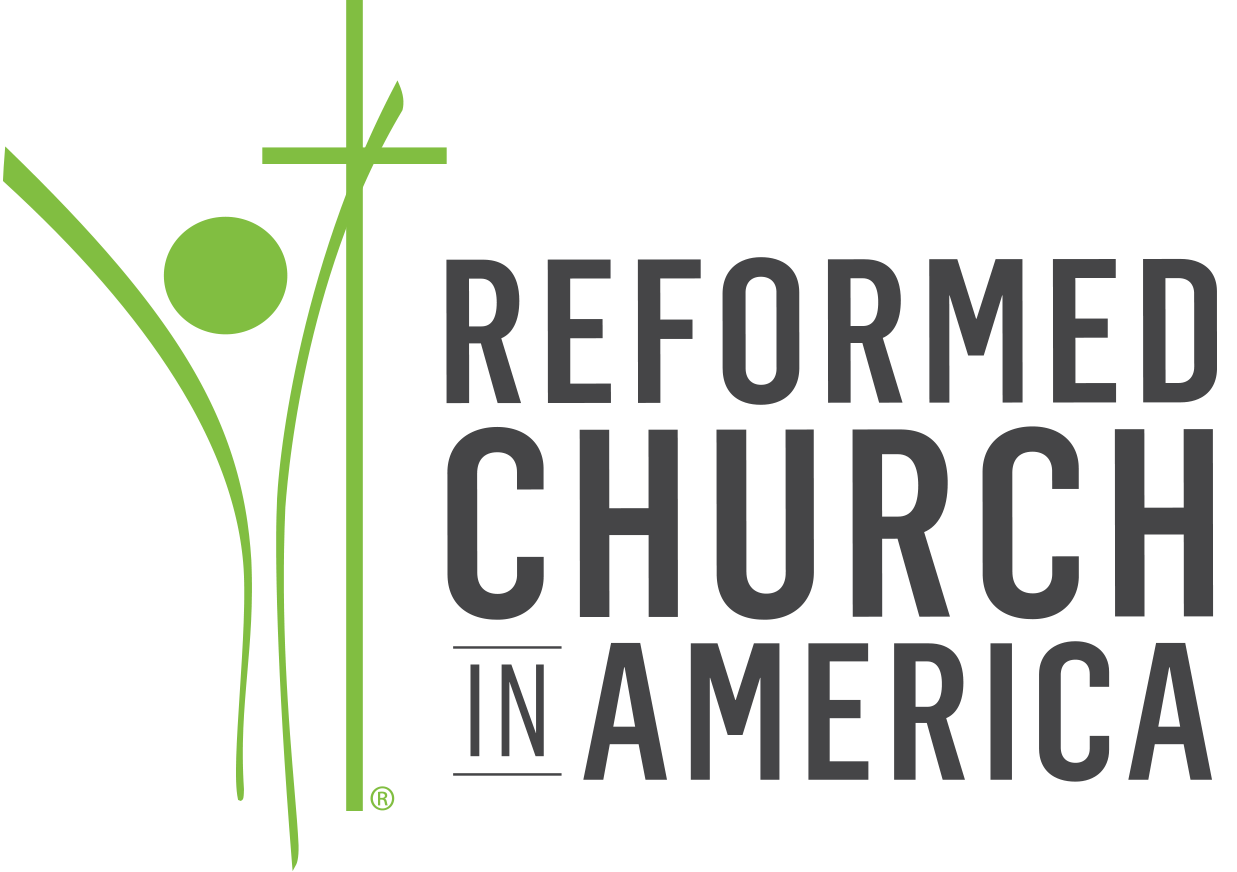by Sherwin Weener
edited by Bob Terwilliger, fall 2023
I grew up on my grandparents’ farm in western Michigan. I walked almost two miles to my one room K–8 East Crisp School where I was the only kid in my grade. When our family moved three miles south to North Holland, I attended the nearby three-room school where I had some classmates and neighborhood kids who were my age.
My faith grew stronger through the good influence of my parents and Sunday school and youth group leaders at North Holland Reformed Church. I remember singing, “Jesus loves the little children, all the children of the world. Red and yellow, black and white, all are precious in his sight….” These words influenced my calling to interracial ministry.
In 1961, at Hope College, I took a Social Problems class, which dealt with various social issues, including the injustice of racial segregation in our country. That shaped my calling to a ministry of racial reconciliation, which I lived out in three settings.
In 1963, during my first year at Western Theological Seminary, I read about a group that was placing Black seminary students in white  churches and white students in Black churches. I applied and was accepted. We were assigned to Mt. Pisgah Church in Rocky Mount, North Carolina, an African American congregation in a totally segregated town. Along with pastors from all of the Black churches in Rocky Mount, I attended weekly civil rights rallies where I was the only white person present. Shirley was in the last trimester of pregnancy with our first child. At the end of the summer, the Mt. Pisgah congregation sent us off with a car load of baby gifts. Our daughter, Martha, was born a few weeks after we returned to Holland.
churches and white students in Black churches. I applied and was accepted. We were assigned to Mt. Pisgah Church in Rocky Mount, North Carolina, an African American congregation in a totally segregated town. Along with pastors from all of the Black churches in Rocky Mount, I attended weekly civil rights rallies where I was the only white person present. Shirley was in the last trimester of pregnancy with our first child. At the end of the summer, the Mt. Pisgah congregation sent us off with a car load of baby gifts. Our daughter, Martha, was born a few weeks after we returned to Holland.
Our second interracial ministry was a one-year internship at Hope Reformed Church in Los Angeles, California, in 1964 and 1965. Hope Church was a white congregation in an increasingly Black neighborhood. At our first meeting, the pastor said, “I’ll take care of the white people and, Sherwin, you take care of the Black people.” I was blessed to serve with the outstanding Black leaders in the congregation, especially with Albert Terry, who eventually finished seminary and pastored Hope Church. Terry and Grace continue to be our life-long friends.
Our third experience in interracial ministry was in my first pastorate after seminary. I received three calls from three interracial churches during my senior year. I accepted the call from the First Reformed Church of Astoria in New York City, a small congregation with four elderly white members; the rest of the congregation was African American families who lived in a large low-income housing project along the East River, just a couple blocks from our church. Our second daughter, Sarah, was born shortly after I began my ministry there. Our older daughter, Martha, attended pre-school in the housing project and kindergarten and first grade at Public School 171, near our church.
After four years in New York City, we accepted a call to Bethel Reformed Church, a small congregation in Sterling, Illinois.
Our church building there was a second-hand Lutheran building with an adequate sanctuary but only a couple Sunday school rooms and very little off-street parking. In order to grow, we needed a better facility. It took a few years to develop the dream and to gather the needed resources for a new facility. Eventually, we bought five acres of land on the northern edge of Sterling. We employed a professional fundraising team. They developed a strategy to raise the needed funds and helped make the vision for a new building a reality.
After eight years in Sterling, we began to hear from pastoral search committees. In 1978, we accepted a call to Fellowship Reformed Church, east of Muskegon, Michigan. With Martha in middle school and Sarah in elementary school, this was a timely move. Since there was no parsonage, we bought a house that was our home for the next 17 years.
Fellowship’s shoe box–shaped sanctuary seated only 200 people. This necessitated two morning worship services. The earlier addition of a large metal building provided space for fellowship dinners and community ministries. Three head- start classes were housed there and a dynamic senior center served noon meals there five days a week. We needed more worship space, but with the debt on the metal building, we were not ready to launch a major building program.
As the congregation continued to grow, we called Rev. Doug Scholten and later Rev. John Opgenorth to be our associate pastors. We also called Rev. Jerry Worrel to serve as our youth minister. Each of these assisted in preaching and pastoral care.
Eventually, in 1984, we were able to focus on building a new worship center, a large nursery, and staff offices. With the purchase of adjacent properties, we were able to provide additional parking. The new worship center accommodated 500 people. Soon, additional growth required us to return to two morning worship services.
After serving Fellowship Church for 17 years, I began to wonder whether I could sustain that schedule for 10 more years before retirement. At the annual Synod of the Great Lakes meeting in 1994, I was elected to be the president of the synod. When the previous synod minister retired in 1995, I was called to fill that position. I accepted and served the regional synod for 10+ years until I retired in 2006.
Retirement has three segments—the “go-go years,” the “slow- go years,” and the “no-go years.” Shirley and I continued to live in our home in Jenison, Michigan, through our go-go years. We then moved to a condo in Hudsonville where we lived for seven slow-go years. Last December, we moved into an apartment at Waterford Place, a large senior living facility in Jenison. With Shirley’s on-going battle with cancer and my memory issues, this is a good place for us to be during our 80s, our no-go years.
We are blessed to have our two daughters and their families living close by and thank God for his continuing generous provision.
Sherwin received his BA from Hope College and an MDiv from Western Theological Seminary. He served First Reformed in Astoria, New York; Bethel in Sterling, Illinois; Fellowship in Muskegon, Michigan; and as synod minister for the Synod of the Great Lakes. Sherwin and Shirley live in Jenison, Michigan. sherwin.weener@gmail.com
